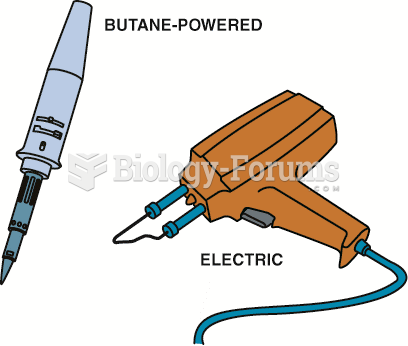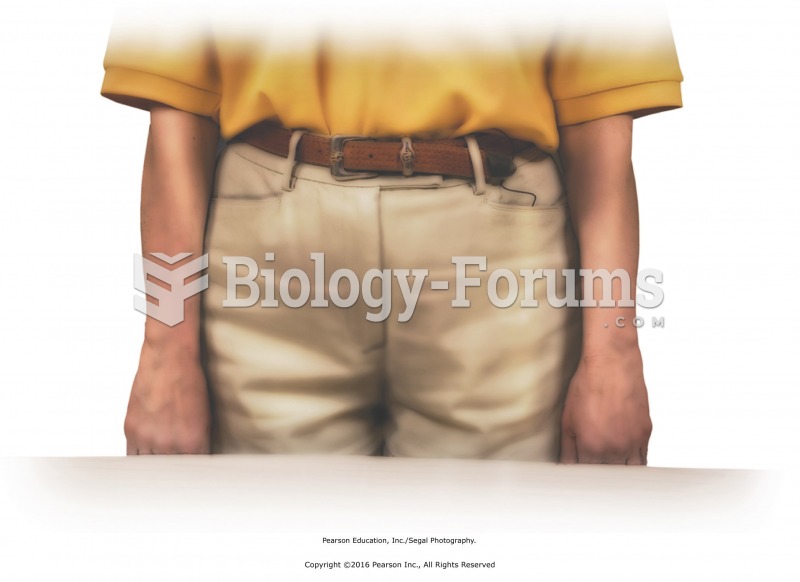|
|
|
There are more nerve cells in one human brain than there are stars in the Milky Way.
In 1844, Charles Goodyear obtained the first patent for a rubber condom.
Drug abusers experience the following scenario: The pleasure given by their drug (or drugs) of choice is so strong that it is difficult to eradicate even after years of staying away from the substances involved. Certain triggers may cause a drug abuser to relapse. Research shows that long-term drug abuse results in significant changes in brain function that persist long after an individual stops using drugs. It is most important to realize that the same is true of not just illegal substances but alcohol and tobacco as well.
According to the CDC, approximately 31.7% of the U.S. population has high low-density lipoprotein (LDL) or "bad cholesterol" levels.
As many as 20% of Americans have been infected by the fungus known as Histoplasmosis. While most people are asymptomatic or only have slight symptoms, infection can progress to a rapid and potentially fatal superinfection.
 Electric and butane-powered soldering guns used to make electrical repairs. Soldering guns are sold ...
Electric and butane-powered soldering guns used to make electrical repairs. Soldering guns are sold ...
 Determining a good table height. Stand facing the table with your hands at your sides. Adjust the ...
Determining a good table height. Stand facing the table with your hands at your sides. Adjust the ...





